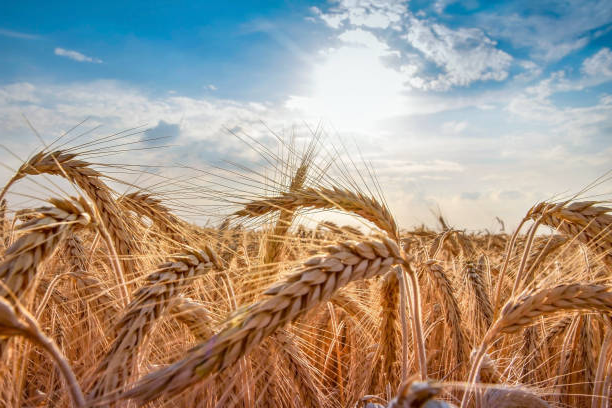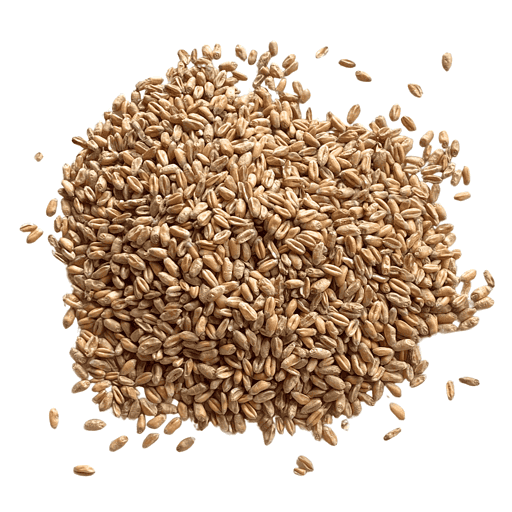Brow Farm
Growing Crops That Make Sense.
We grow what nature lets us grow. We aren't forcing or beating our soil into submision. So you know that if it was grown at Brow Farm, it was grown with the help of mother nature.
What started for us as a small, humble venture into low imput farming has grown into something that's now called regenerative farming. We’re passionate about finding better ways to care for the land, grow healthier food and make a positive impact on the farm and it's local environment, because we believe farming should benefit both people and the land we make a living from.

Brow Farm
We grow what nature lets us grow. We aren't forcing or beating our soil into submision. So you know that if it was grown at Brow Farm, it was grown with the help of mother nature.

Brow Farm
At Brow Farm we sell the seed we grow, and we sow the seed we sell. Whether you're milling or sprouting, you can rest assured that if it's good enough for you, our grain is good enough for us too.
Any grain, seed and food sold through our store and not locally produced is carefully sourced from our trusted farming friends, a network of whom we've built up over many years - these are like-minded farms that follow the same values as our own.

Brow Farm
Meet our peafowl, raised with care on our farm – a unique breed that adds charm and personality to any garden.